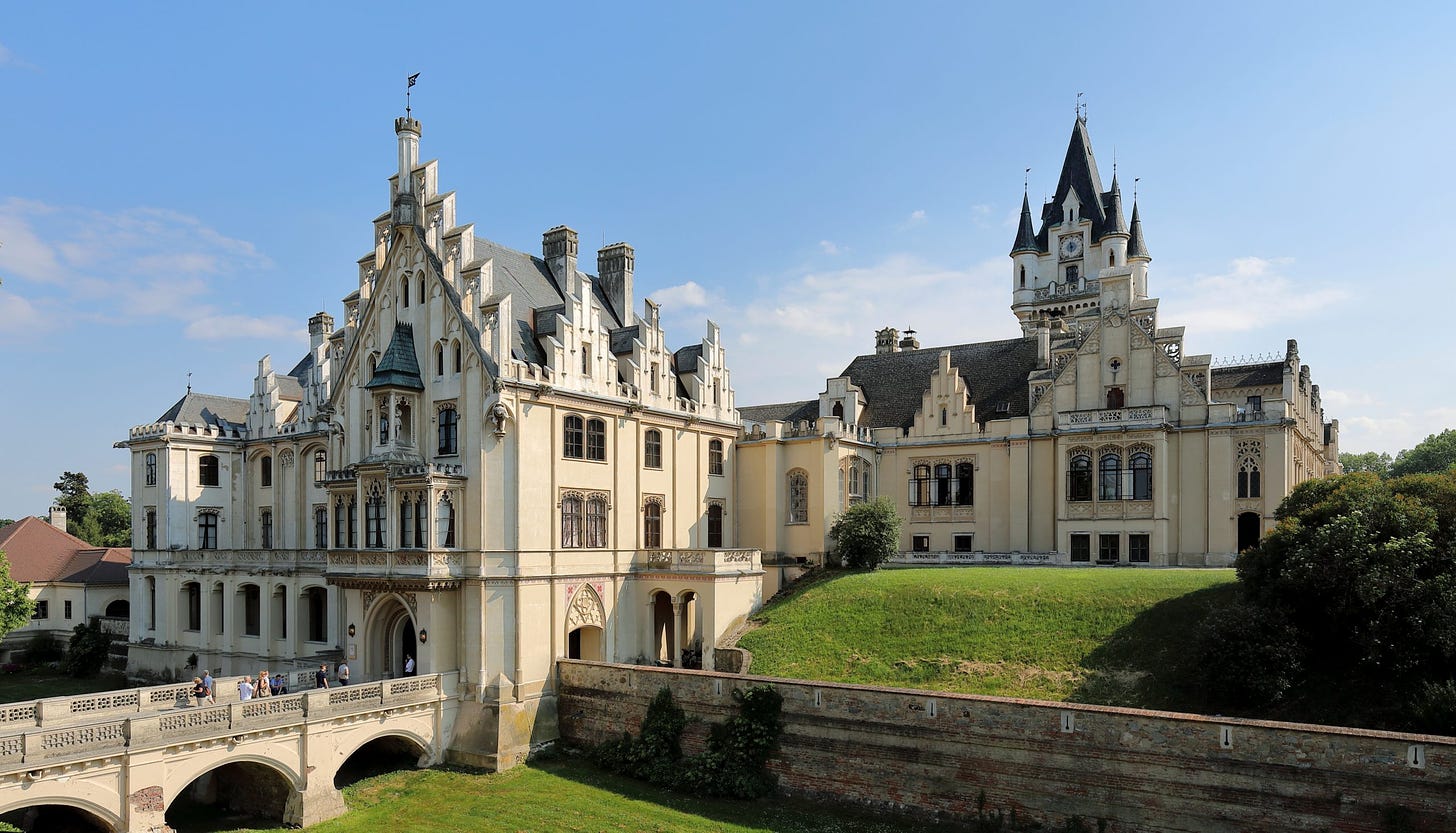Do ÖTW Erste Lage single-vineyard wines lack variety?
The Grafenegg tasting of the Danube's top wines is one of the highlights of the tasting year. Yet sometimes the wines can show a frustrating uniformity. Simon investigates why this is.

Imagine you’re a winemaker/grower lucky enough to own a prized parcel in a top vineyard location. How do you best ensure that the unique character of said vineyard expresses its maximum potential in the wine? Ask three winemakers and you’ll get three different answers. At least one will say “our wine is made in the vineyard” – by which they mean that i…
Keep reading with a 7-day free trial
Subscribe to The Morning Claret to keep reading this post and get 7 days of free access to the full post archives.



